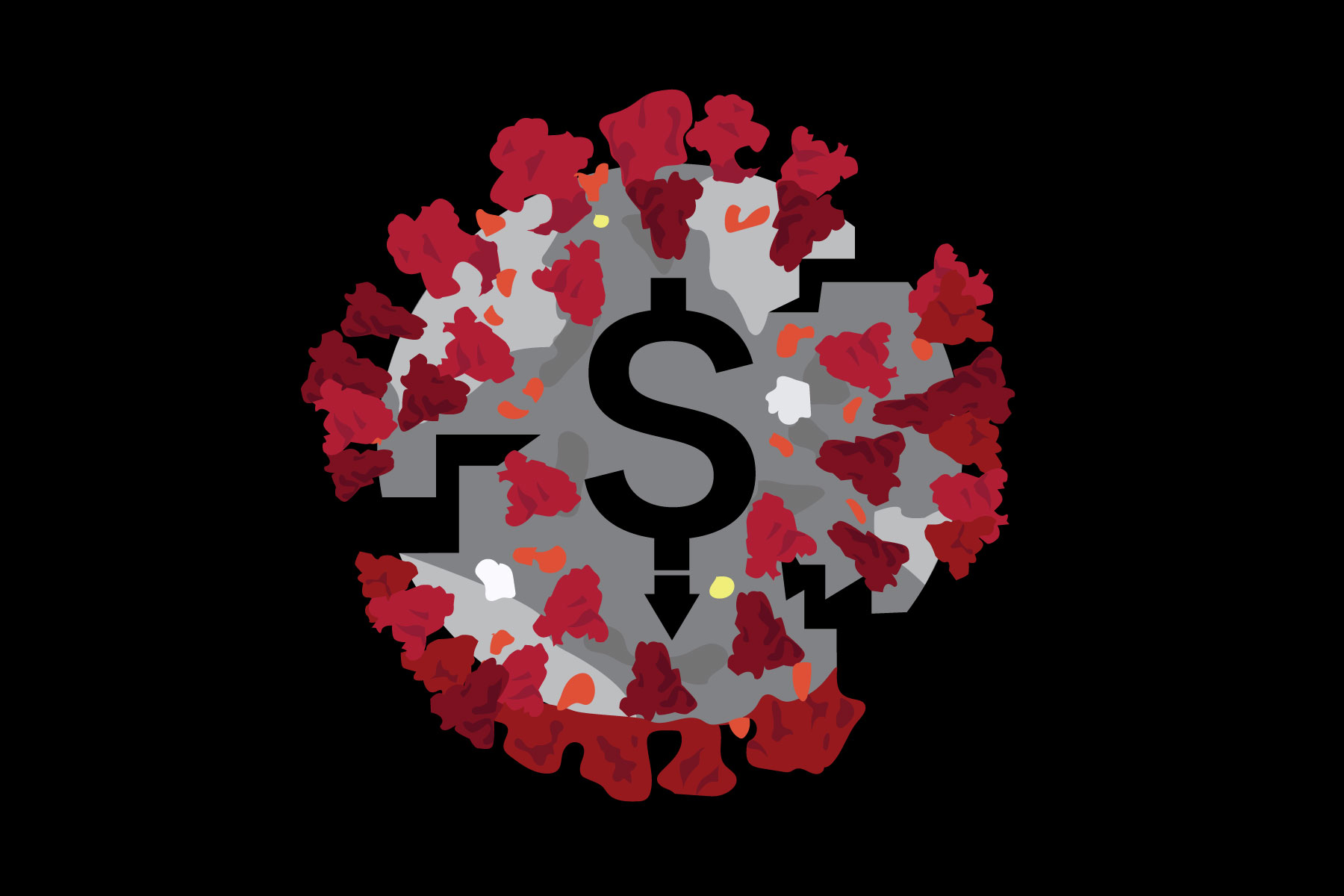New York is on lockdown. Public and private school systems all across the country have announced unprecedented physical closures, while businesses big and small are shrinking operations to the essentials. In turn, the Dow dropped by 3,000 points on March 16 — worse than any single drop seen during the 1929 crash. It’s safe to say that things have gotten out of hand because of this pandemic.
But how is this possible? How did America, one of the world’s wealthiest countries and a leader in biotech R&D, manage to fall so far behind the curve? The answer is disturbingly simple: our health system has been intentionally neutered. American society faced an increasing potential for a disastrous and crippling pandemic, and this was one of the most important issues that the Obama administration sought to tackle.
This urgency was spurred on by the growing recognition of three modern pandemic risk-factors: the emergence of antibiotic resistant “superbugs” like MRSA, a changing climate that’s reviving dormant strains of novel viruses and bacteria (along with increasing the range of carriers like mosquitoes and flies) and the ease of contagion allowed by modern, decentralized travel.
Between 2011 and 2018 alone, the WHO tracked 1,483 epidemics worldwide. Although most of these outbreaks were quickly contained in their home countries — or burned through their populations before they could become a global risk — their frequency and diversity was deeply concerning.
It is for this reason that the Obama administration signed into law an exercise that must be taken seriously by new administration leaders. It’s called the “Facilitated Group Discussion Pandemic Response,” and this simulation covered a fake disease dubbed H9N2 (based heavily on the swine flu).
One of the primary concerns of the exercise was how the hospital systems could handle the sudden onslaught of a virus that attacks the respiratory system; therefore, access to ventilators and masks was deemed a top priority to the success of fighting this theoretical pandemic. A lot of the lessons learned from the exercise, especially the foreign origin of the virus and the need for early testing, are prescient to the current COVID-19 pandemic.
Despite participating in a simulated exercise of a similar pandemic, this administration had an ill-prepared response to the COVID-19 outbreak. One explanation for this is that roughly two-thirds of those who participated in the simulation left office before COVID-19. There is no one in the cabinet that has been trained to handle a pandemic response.
The Obama administration ran a simulation w/ the incoming Trump admin, which discussed how to respond to a hypothetical flu #pandemic remarkably similar to #COVID19.
Don’t let Trump or his admin tell you this couldn’t have been predicted. It was predicted.https://t.co/rWUADErPb6
— J. Perkins (@JohnathanPerk) March 19, 2020
The blame doesn’t just rest in ignorance, however. In 2018, the U.S. Intelligence Community ranked a “flu-like” pandemic among one of the major global threats to watch for. Even the Trump administration released a 30-page “National Biodefense Strategy” in 2018, which devoted an entire section on creating a system of easy testing and surveillance of infected peoples.
This urgency was not shared by the president. Not only did the administration never seriously devote any resources to their biodefense strategy, they actively interfered with and even dismantled the teams and organizations responsible for carrying it out.
The primary agency responsible for handling the threat of a new pandemic was the National Security Council’s Global Health Security directorate, which was created by Obama. Former National Security Advisor John Bolton shrunk and folded the directorate into the already existing and underfunded counter-proliferation and biodefense directorate, explaining that he did not see the prevention of pandemics as a national security concern.
But it is a security concern, even if not in a military sense. One of the most important lessons to come out of the current COVID-19 pandemic — a lesson the Obama administration recognized — was that the U.S. cannot base its own pandemic plans on the numbers of other countries who may be hostile.
In the case of China, specifically, we know that the initial outbreak in Wuhan was covered up, and that the true extent of the disease’s transmissibility and scope was kept under wraps until the country initiated lockdown procedures on Jan. 23, a month and a half after the first recognized case was studied on Dec. 1.
Meanwhile, other important case-study countries, like Iran, have been accused of publishing case and death numbers considered to be spotty by the health community. The existence of a pandemic response organization that not only works with health officials but also intelligence agencies like those in the NSC and CIA is vital to ensuring that our information about potential threats is always relevant and truthful.
It is too late to counter the worst of the current COVID-19 pandemic. We are far past the point of containment, having missed the window of testing and quarantine necessary for successful recovery and response by more than a month.
The blame for this is not on Trump this time, but squarely on our health institutions. The CDC’s efforts to make a test kit and implement effective procedures has been woefully incompetent. The first prototype test revealed in February had glaring issues, and the failure and red-tape of the centralized pandemic response meant that the U.S. could not mobilize its private sector, as other countries like Germany and South Korea did to make up for the lost time.
In a depressingly familiar sequence of ineptitude, the Food and Drug Administration enacted new regulations that made it tougher for hospitals, companies and private clinics to deploy and respond to the pandemic. The U.S. is now more than 100,000 COVID-19 cases strong, and we are still experiencing exponential growth.
As we weather the storm of this pandemic – a storm we will get through – we need to start looking to what a successful response looks like. South Korea had the potential to get hit especially hard by the virus. It is a small, densely populated country in close proximity to the pandemic’s country of origin. Yet, despite an initial explosion of cases caused by a secretive church, South Korea has managed to fight the worst of the virus and become a bastion to the rest of the world, flooding Europe with valuable testing kits and equipment.
South Korea and the U.S. reported their first cases of COVID-19 the same day, but what followed, and how officials responded, couldn’t be more different.
“Test, trace and treat” has become South Korea’s mantra — and it works.
Here's @RamyInocencio https://t.co/xiG3qFVtYp pic.twitter.com/pR4sOt9YEm
— CBS Evening News (@CBSEveningNews) March 30, 2020
Unlike China, which has been accused of opaqueness and brute-forcing a solution with the use of hard lockdowns, South Korea’s system of containment relies heavily on transparency of information and public cooperation.
It was able to achieve these two factors thanks to a robust pandemic strategy and because of the simulation system it developed, after having a front-row view of the SARS outbreak that emphasized the importance of information acquisition and resource mobilization above other factors, like law enforcement.
















